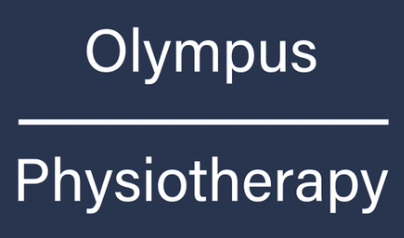Muscle Strains/ Tears
What are Muscle Strains/Tears?
Muscle strains, also known as pulled muscles, occur when muscle fibres are stretched beyond their normal capacity or torn due to excessive force or sudden contraction. These injuries can range from minor overstretching of a few muscle fibres (Grade 1) to partial tears involving a significant portion of the muscle (Grade 2) or complete rupture of the muscle (Grade 3).
Muscle strains are among the most common sports injuries and can affect any muscle in the body, though they most frequently occur in the hamstrings, quadriceps, calf muscles, and groin. The severity determines recovery time and treatment approach.
What Causes Muscle Strains/Tears?
Muscle strains typically develop through specific mechanisms and contributing factors:
Acute injury mechanisms:
Sudden acceleration or sprinting from a stationary position
Rapid deceleration or stopping movements
Explosive jumping or kicking actions
Overstretching during lunging or reaching movements
Direct impact or contusion to the muscle
Muscle-specific mechanisms:
Hamstring strains during high-speed running or kicking
Quadriceps strains from sudden acceleration or jumping
Calf strains during push-off phases in running or jumping
Groin strains from rapid lateral movements or kicking
Contributing factors:
Inadequate warm-up before intense activity
Muscle fatigue reducing the muscle's ability to absorb energy
Previous muscle injuries creating scar tissue and weakness
Muscle imbalances between opposing muscle groups
Poor flexibility and reduced range of motion
Sudden increases in training intensity or volume
Risk factors:
Age-related changes in muscle elasticity and strength
Dehydration affecting muscle function
Cold weather conditions reducing muscle temperature
Poor biomechanics during movement
Returning to activity too quickly after injury
Inadequate rehabilitation from previous strains
What Are the Symptoms?
Muscle strain symptoms vary depending on the grade and location of injury:
Immediate symptoms:
Sudden, sharp pain at the moment of injury
Possible audible "pop" in severe tears (Grade 3)
Immediate difficulty continuing the activity
Localised pain that worsens with muscle contraction
Rapid onset of swelling and bruising
Grade-specific symptoms:
Grade 1 (Mild strain):
Mild pain and tenderness
Minimal loss of strength and range of motion
Able to continue activity with discomfort
Little to no swelling
Grade 2 (Moderate strain):
Moderate to severe pain
Noticeable loss of strength and function
Difficulty continuing activity
Visible swelling and bruising
Palpable defect in the muscle
Grade 3 (Severe tear):
Severe pain initially, followed by complete loss of function
Complete inability to contract the muscle
Significant swelling and bruising
Obvious deformity or gap in the muscle
May require surgical intervention
Ongoing symptoms:
Pain that worsens with stretching or contracting the muscle
Stiffness and reduced flexibility
Weakness in the affected muscle
Compensatory movement patterns
Muscle spasms and cramping
Functional limitations:
Reduced performance in sport or exercise
Difficulty with daily activities involving the affected muscle
Altered gait or movement patterns
Fear of re-injury affecting confidence
Dealing with a muscle strain or tear? Our specialist team has extensive experience treating muscle injuries across all levels of sport, from elite track and field athletes to professional rugby players and UFC fighters. We provide comprehensive assessment, targeted rehabilitation programmes, and guidance on safe return to activity to prevent re-injury and optimise recovery.
